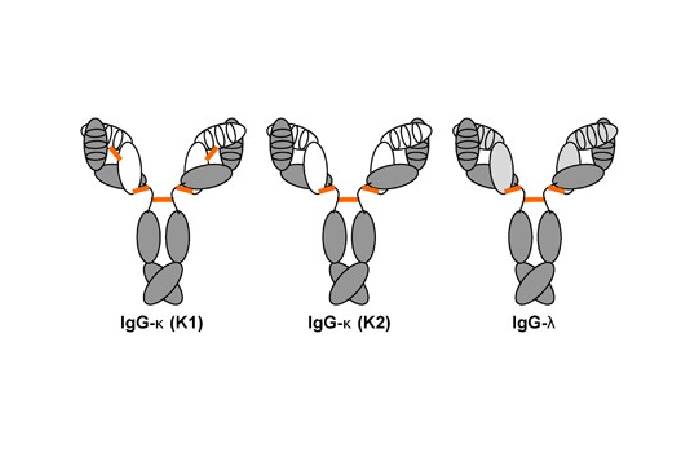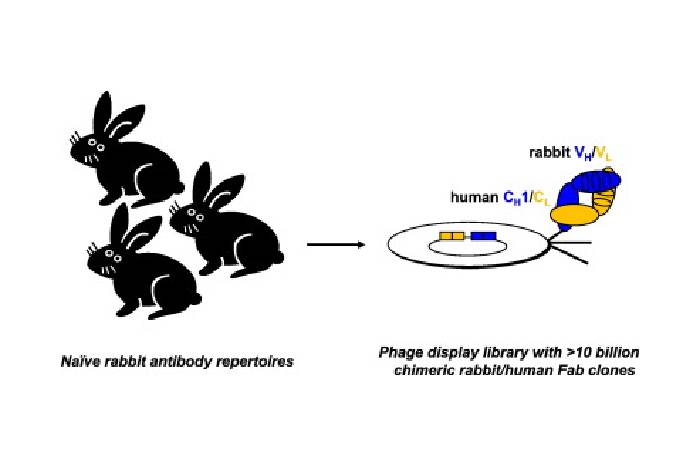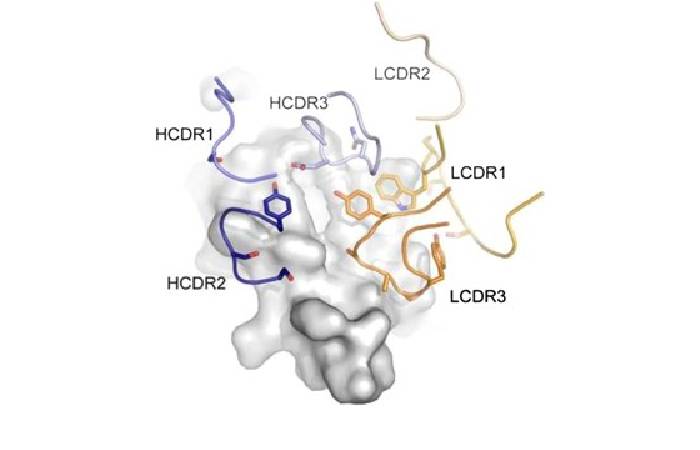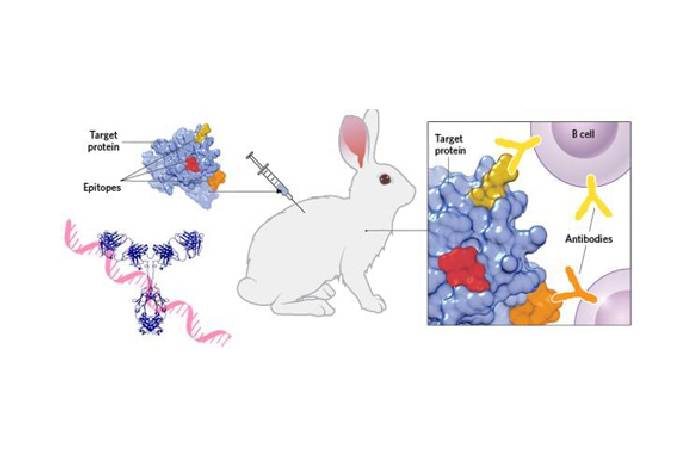Rabbit monoclonal antibodies are an outstanding reagent for laboratory research. And it’s on the increase for diagnostic and therapeutic applications. From the unique ontogeny of rabbit B cells that affords highly distinctive antibody repertoires rich in vivo pruned binders of high diversity to affinity and specificity, the generation of rabbit monoclonal antibodies by hybridoma technology, phage display, and alternative method has successful humanization strategies.
In immunology, European rabbits have played an important role as animal models. However, rabbits still serve as a major source for a wide variety of monoclonal antibodies (mAbs) and polyclonal antibodies (pAbs) with broad utility. Polyclonal antibodies are set of different antibodies that generate in response to a specific pathogen or antigen which target different epitopes. On the other hand, monoclonal antibodies contain a define antigen-binding site that binds with high affinity and specificity of one epitope.
Monoclonal antibodies provide a molecularly defined and reproducible product, while polyclonal is traditionally an imprecise mixture of different antibodies. Rabbit customs in polyclonal have been extensively used as analytical tools in biomedical research and immunological techniques. It has also been an important tool for food safety assessments and clinical.

Monoclonal and monoclonal-derive antibody therapeutics are widely use to treat human disease such as cancer and autoimmune diseases. However, no therapeutic rabbit monoclonal antibodies have approved for treatment. However, 11 rabbit monoclonal antibodies are approved in vitro diagnostic tools in the clinic. Out of these 11, 10 monoclonal antibodies use to detect the expression of tumor-associate antigens, including HER2, estrogen receptors, progesterone receptors, and PD-L1.
The remaining monoclonal antibody is use to detect Helicobacter pylori infections. To detect circulating tumor cells by immunofluorescence and IHC in prostate cancer, rabbit monoclonal antibody to human androgen receptor splice variant seven has emerge as promising tool. Several rabbit monoclonal therapeutics are also currently being investigate for clinical trials.
Ontogeny of rabbit B-cell and antibody repertoires
There is a difference in the development of the rabbit B-cell repertoire and that of other mammals. The present model suggests three steps which consist of the (i) neonatal B-cell repertoire that is generated by B lymphopoiesis in the fetal liver and omentum switching to bone marrow after birth and (ii) the primary ‘pre-immune’ B-cell repertoire that evolves during the first two months after birth in gut-associate lymphoid tissue (GALT) (iii) the secondary ‘immune’ B-cell repertoire that was generated upon B-cell activation by immunogen binding.

The neonatal B-cell repertoire in rabbit antibody production starts developing between the second and third weeks of gestation. The B lymphopoiesis is very limit in adult rabbits’ bone marrow, indicate that B lymphopoiesis is mainly restrict to early development. In a rabbit-to-rabbit adoptive transfer model, rabbit B cells were able to engraft into host stem cell niches. This led to the final remark that rabbit B cells are long-live and potentially self-renewing and may thus sustain rabbit antibody repertoire throughout rabbit’s lifetime.
Rabbits primarily substitute their heavy chains, follow by their light chains and the primary B-cell development pathway. This model suggests the heavy chain’s VH–D–JH recombination, followed by its expression as a pre-B-cell receptor. When the pre-B-cell receptor is ignitable, VL–JL light-chain recombination will started. A potential pool of 200 VH genes exists for heavy-chain rearrangement, most of which are rarely or not reflected.
There are 10–20 D genes and 4–5 JH genes; certain gene from these clusters are preferentially utilize. VH1, the most D-proximal VH gene, is present in 80–90% of all heavy-chain gene rearrangements. Three different allotypes, VHa1, VHa2, and VHa3, are known, resulting in VHa-positive serotype. The remaining 10–20% of heavy chains contain VHx, VHy, or VHz genes.
Generation of Rabbit monoclonal antibodies
Hybridoma Technology: This method generates stable cell lines that constantly secret defined monoclonal antibodies. As a result, B cells derive from an immunize animal are fuse with a myeloma cell line in presence of polyethylene glycol. The hybridomas generated this way are clone by limiting dilution, screen for favorable monoclonal antibody characteristics, and then expand in culture to obtain high amounts of desired monoclonal antibody development. Hybridoma technology has extensively use to generate thousands of monoclonal antibodies against various antigens. As a result of the favorable properties of rabbit antibodies, method for generation of rabbit hybridomas have tried to be develop. However, the attempt was complicate due to absence of rabbit myeloma cell lines.

Aside from therapeutic applications, rabbit monoclonal antibodies generate by hybridoma. Technology have become highly valuable reagent for diagnostic application and laboratory research. Phage display technology: phage display establish with mouse and human antibody library to mine immune, naive, and synthetic antibody repertoires. And because custom rabbit monoclonal antibodies were difficult to generate by hybridoma technology for year, it led to strong incentive for exploring accessibility of rabbit immune antibody reproduction by phage display.


